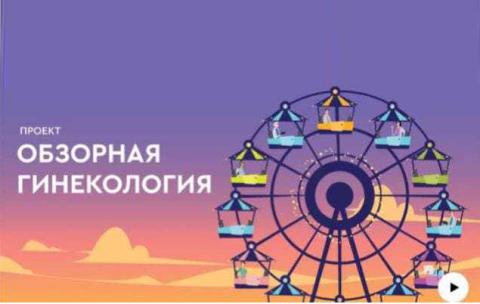ISUOG statement on the safe use of Doppler for fetal ultrasound examination in the first 13 + 6 weeks of pregnancy (updated)

Bioeffects and Safety Committee (K. SALVESEN, J. ABRAMOWICZ, G. TER HAAR, P. MILORO, E. SINKOVSKAYA, A. DALL’ASTA, K. MARSˇ A´ L and C. LEES) on behalf of the Board of the International Society of Ultrasound in Obstetrics and Gynecology (ISUOG)
Use of Doppler in the embryonic period
The embryonic period of gestation extends from conception until 9 weeks post-conception. For the purposes of this guidance, it is assumed that the embryonic period is completed at 10 + 6 weeks (based on last menstrual period dating or crown– rump length). This period is characterized by rapid cell division and development of the embryonic organs. At this stage, the fetal– placental circulation is not yet established. Spectral Doppler, color flow imaging, power imaging and other Doppler ultrasound modalities should not be used routinely in the embryonic period. If use of Doppler is clinically indicated, then the exposure time should be kept to a minimum.
Use of Doppler in the fetal period
The fetal period commences at 11 weeks (after the last menstrual period; corresponding to a crown – rump length ≥ 45 mm). By this stage, organogenesis is complete and the fetal– placental circulation is established. From 11 + 0 to 13 + 6 weeks, spectral Doppler, color flow imaging, power imaging and other Doppler ultrasound modalities may be used routinely for certain clinical indications, such as screening for trisomy and cardiac anomalies. When performing Doppler ultrasound, the displayed thermal index (TI) should be ≤ 1.0 and exposure time should be kept as short as possible (usually no longer than 5 – 10 min).
Uterine artery Doppler
When scanning maternal uterine arteries at any point in the first trimester, there are unlikely to be any fetal safety implications as long as the embryo/fetus lies outside the Doppler ultrasound beam.
Ultrasound Obstet Gynecol 2021; 57: 1020
Published online in Wiley Online Library (wileyonlinelibrary.com). DOI: 10.1002/uog.23610





